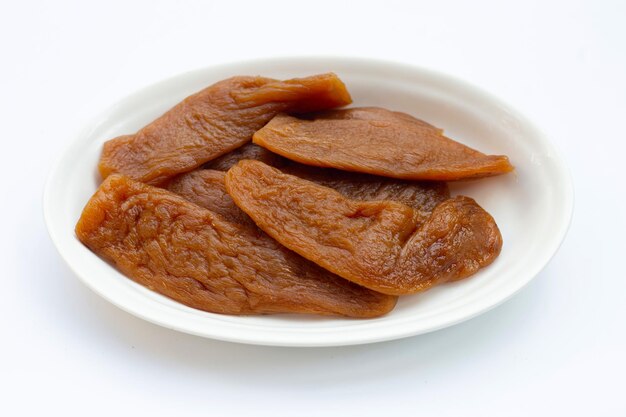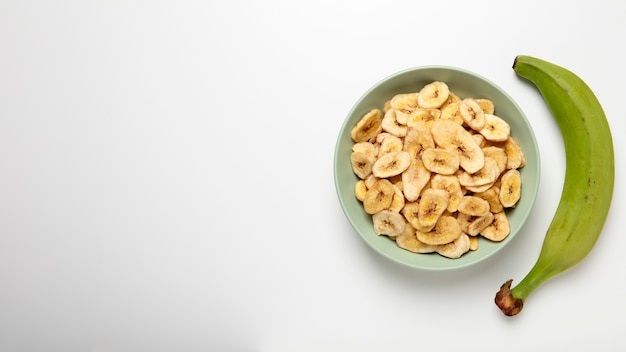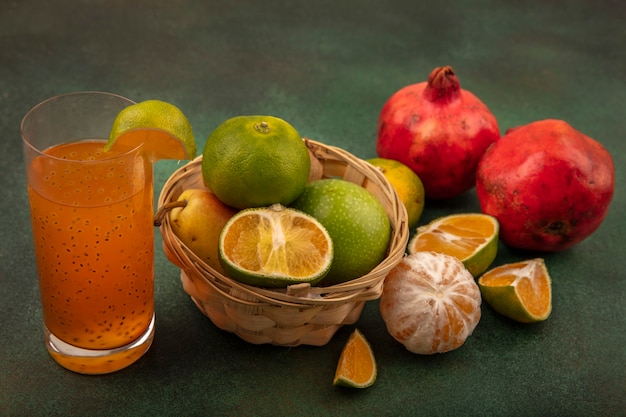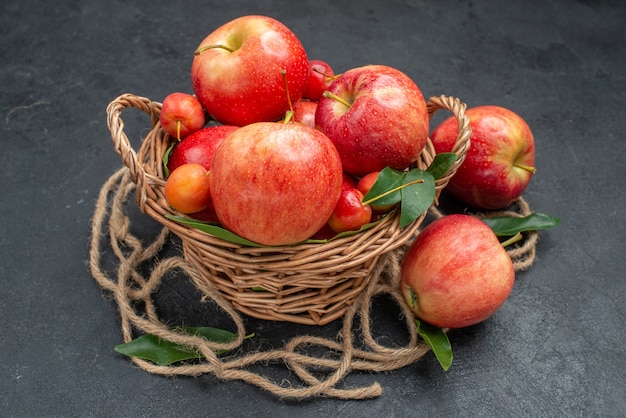Alkekengi, commonly called the Chinese lantern, is an oriental plant known for its distinctive fruit. This fruit can be eaten and used for decoration. The bright red or orange outer layer of the Alkekengi fruit has a paper-like texture, reminiscent of oriental paper lanterns, which is how it got its name.
Nutritional Composition of Alkekengi
Alkekengi fruit is a nutritious food, containing provitamin A and vitamin C, though in smaller quantities. It’s mostly made up of water, dietary fiber, natural sugars like fructose, and some minerals. Because the levels of vitamin A and C are relatively low, it鈥檚 challenging to categorize it strictly as a rich source of these nutrients.
The energy from Alkekengi primarily comes from its natural sugars, with negligible contributions from proteins or fats. The sugar in this fruit is fructose, which dissolves easily in water. The proteins in Alkekengi aren’t very beneficial as they lack all the essential amino acids the body needs.
Alkekengi is good for digestion due to its fiber content. It’s free from cholesterol and substances that often cause food intolerances, such as gluten, lactose, and histamine, making it suitable for people sensitive to these components.
Alkekengi in the Diet
Alkekengi fruit fits well into various diets due to its moderate amount of sugar and calories. It鈥檚 an excellent option for those managing their weight, controlling type 2 diabetes, or lowering high triglycerides, provided they manage portion sizes and frequency.
The dietary fibers, combined with its high water content, help you feel full and control nutrient absorption. This can slow the rise in blood sugar after eating and may reduce the body鈥檚 absorption of cholesterol and bile salts. High-fiber foods also help prevent or relieve constipation.
Rich in nutrients like provitamin A, vitamin C, polyphenols, and other plant-based compounds, Alkekengi acts as a powerful antioxidant. These nutrients aid in managing various metabolic issues. Additionally, its high water content and possible ample potassium and magnesium levels can help maintain a healthy fluid and mineral balance, supporting high blood pressure management.
Cultivation of Alkekengi
This plant thrives in temperate regions and is relatively easy to grow, making it a good choice for both beginner and experienced gardeners. It鈥檚 fairly hardy but can be affected by common garden pests like aphids and slugs. Good garden hygiene and proper spacing can help reduce disease risk.
Alkekengi prefers well-drained soil rich in organic matter and grows best in sunny to partially shaded areas, ideally in a warm, sheltered spot to protect its delicate lanterns.
Seeds can be started indoors in early spring or sown directly outdoors after the last frost. When planting, ensure there is adequate space between plants as Alkekengi spreads extensively through its rhizome system.
Regular watering is crucial, especially during dry periods, to keep the soil moist but not waterlogged. A balanced, slow-release fertilizer during early growth stages supports healthy development.
Minimal pruning is required, but removing dead or damaged stems can promote healthier growth. Providing support or a trellis can help manage its growth and showcase its unique lanterns effectively.
The fruit is ready for harvest when the husk turns deep orange-red, typically from late summer to early autumn. The husks can be used as decorations in dried arrangements, and the fruit inside can be eaten once the husk is removed.
In colder climates, Alkekengi may die back to the ground but typically regrows from its roots in the spring. Mulching around the base can offer extra frost protection.
In conclusion, the Alkekengi plant produces a unique fruit that can be enjoyed as both food and decoration. Its nutritional value, culinary uses, and other applications make it a versatile and noteworthy plant.







